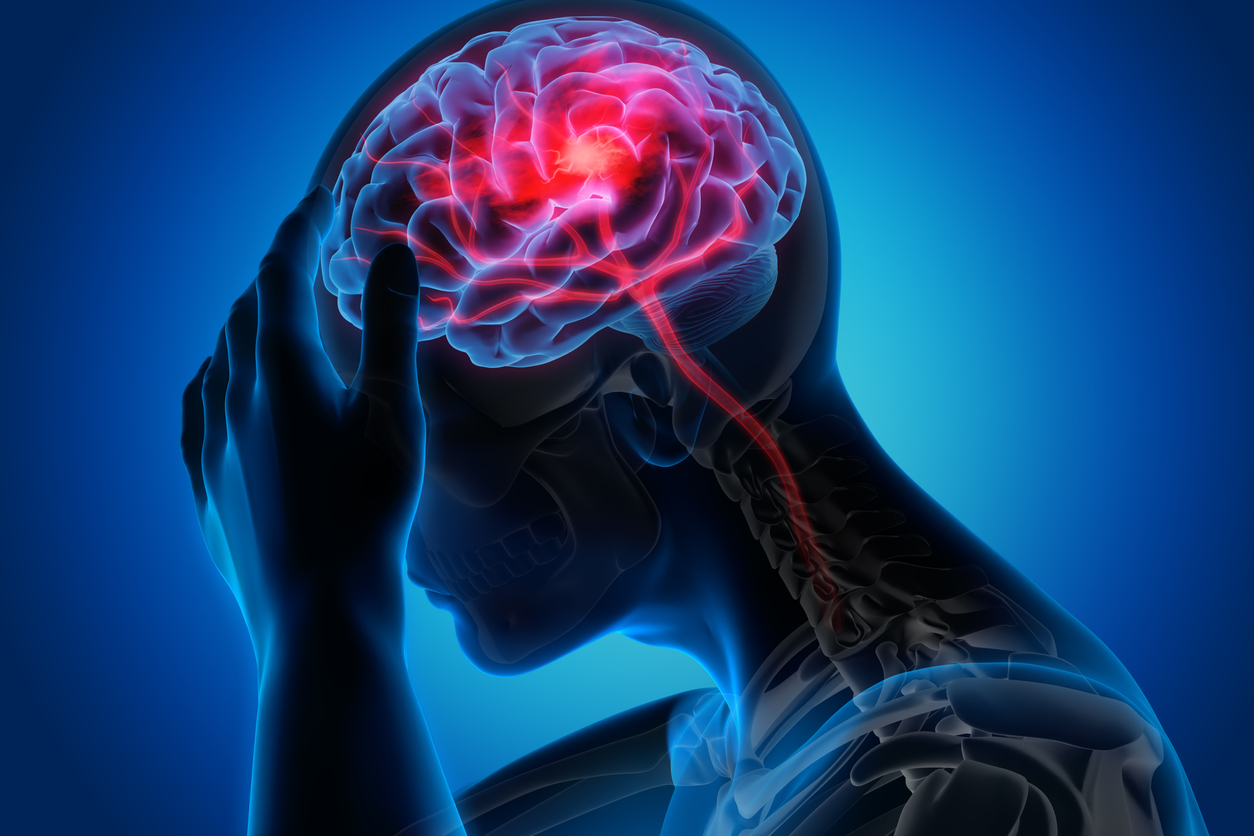Stroke is a severe medical condition that occurs when blood flow to the brain is interrupted, resulting in brain cell damage and potentially permanent disability. Surgical intervention can be a critical component of stroke management, especially in cases where traditional treatments may not suffice. In this article, we’ll delve into the various types of strokes, their causes, symptoms, and the role of surgical procedures in their treatment.
Types of Strokes
Ischemic Stroke: This type of stroke occurs when a blood clot blocks or narrows an artery supplying blood to the brain, leading to reduced blood flow. Ischemic strokes account for the majority of stroke cases
Haemorrhagic Stroke: Haemorrhagic strokes result from the rupture of a blood vessel in the brain, causing bleeding into or around the brain tissues. This can lead to increased pressure and damage to brain cells.
Causes of Stroke
Hypertension: High blood pressure is a significant risk factor for both ischemic and haemorrhagic strokes. It can weaken blood vessel walls, making them more susceptible to rupture or blockage.
Atherosclerosis: The build-up of plaque in the arteries can narrow or block blood flow, increasing the risk of ischemic stroke.
Cerebral Aneurysms: Weak spots in the blood vessel walls can balloon out and potentially rupture, leading to haemorrhagic stroke.
Symptoms of Stroke
Sudden Weakness or Numbness: Especially on one side of the body, often in the face, arm, or leg.
Difficulty Speaking or Understanding Speech: Confusion, slurred speech, or difficulty comprehending others.
Vision Problems: Blurred or blackened vision in one or both eyes.
Severe Headache: Especially with no known cause, described as the worst headache of one’s life.
Surgical Treatment Options
Thrombectomy: This procedure is crucial for treating ischemic strokes. During a thrombectomy interventional neurosurgeons or radiologists use specialized tools to physically remove the clot obstructing a blood vessel in the brain. By restoring blood flow promptly, this procedure aims to salvage brain tissue and minimize permanent damage.
Craniotomy: Haemorrhagic strokes, often caused by conditions like cerebral aneurysms, may necessitate a craniotomy. In this surgery, a portion of the skull is removed to access the brain. Neurosurgeons then address the abnormality in the blood vessel, such as an aneurysm, by either clipping it or placing a coil to prevent further bleeding and potential damage to brain tissue.
Cerebral Bypass Surgery: When blood vessels are severely narrowed or blocked due to conditions like atherosclerosis, cerebral bypass surgery may be performed. This procedure involves rerouting blood flow around the affected area by creating a new pathway for circulation. By restoring adequate blood supply to the brain, cerebral bypass surgery aims to prevent strokes and alleviate symptoms associated with reduced blood flow.
Conclusion
Stroke is a medical emergency that requires prompt intervention to minimize brain damage and improve outcomes. Surgical management plays a crucial role in the treatment of stroke, offering options to restore blood flow, repair damaged blood vessels, and alleviate pressure on the brain. However, surgical procedures are often complemented by other treatments such as medication, rehabilitation, and lifestyle changes to ensure comprehensive care for stroke patients. By understanding the various types, causes, symptoms, and treatment options for stroke, both patients and healthcare professionals can work together to identify the most appropriate management strategies and improve patient outcomes.





.png)





